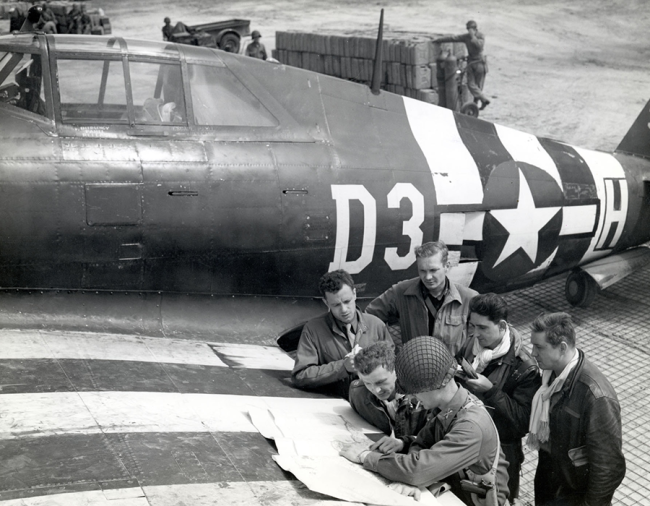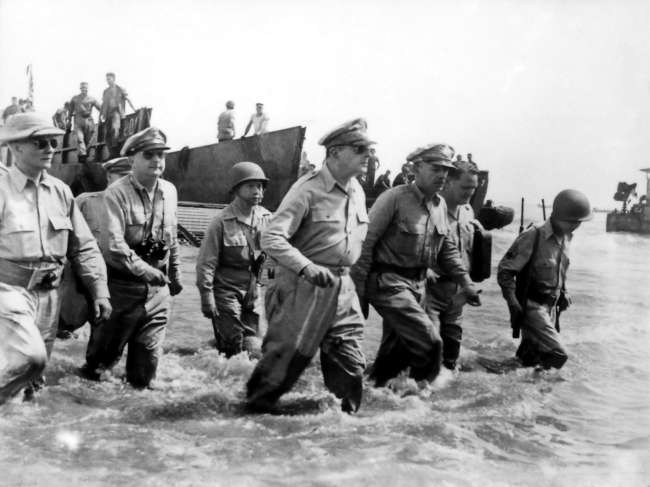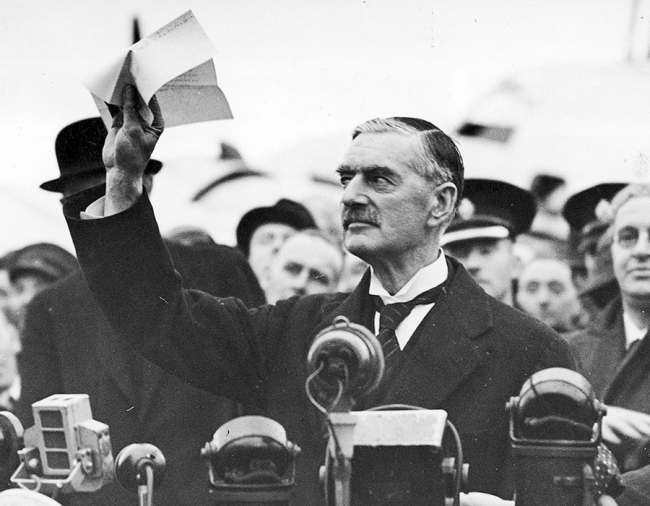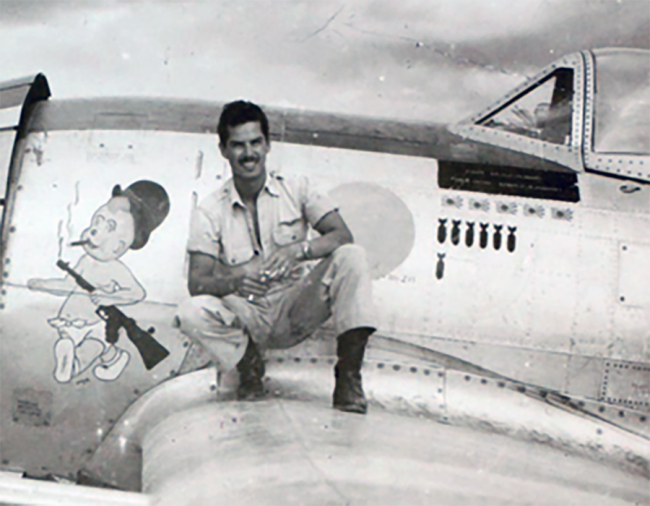Top Image: African American crew of an M1 155mm howitzer in action courtesy of the US Army.
An act of heroic self-sacrifice highlighted the dedicated service of the 333rd Field Artillery Battalion, a segregated African American unit that bolstered American forces in Western Europe during World War II. That sacrifice unfortunately ended in tragedy for 11 American soldiers, murdered in one of the many atrocities committed by German Waffen-SS troops, in this case with particular savagery because the victims were black. Compounding the tragedy, this atrocity was not officially recognized in the United States until many decades after the war had ended.
The 333rd was originally organized as a regiment in 1942, and trained at Camp Gruber, Oklahoma. In 1943, however, it was reorganized as the 333rd Field Artillery Group, consisting of the 333rd and 969th Field Artillery Battalions, both African American units with mostly white officers. Subsequently, two other field artillery battalions would be added to this group. The 333rd and 969th battalions were equipped with the M1 155mm howitzer, a versatile and effective truck-drawn weapon used by the US Army until the Vietnam War, and still in use in some parts of the world today.
Arriving in England in February 1944, the 333rd and 969th battalions shipped over to Normandy in July and provided vital artillery support to American forces through months of hard fighting, including at the siege of Brest, France. By the time the Allies liberated Paris in August, the two battalions were known as some of the most efficient and hard-hitting artillery units in the US Army. In October 1944, the units were assigned to what was assumed to be a quiet front, in support of VIII Corps and the untested 106th Infantry Division in the Ardennes region along the Belgian-German border.
The 333rd Battalion was deployed around the small town of Schönberg in an atmosphere “tranquil to a point almost approaching garrison conditions,” as a later report would admit. Tired from months of constant service, the men took the opportunity to relax, with a recreation center that included a beer hall, bowling alley, and even a badminton court. They were preparing a musical theater performance when the German offensive known as the Battle of the Bulge began on December 16.
The 106th Division was quickly thrown into disarray. At some outposts, black artillerymen took up rifles and fought alongside the infantry, in one case beating off a German attack and inflicting serious casualties. The German tide was overwhelming, however, driving through the defending infantry. Recognizing the seriousness of the crisis, batteries of the 333rd and 969th battalions began pulling back under orders. The 106th Division’s artillery commander desperately requested, however, that the battalions leave batteries behind to offer continuing support, assuring them that the main lines would be held and that they would be in no danger. He was wrong.
Master Sergeant Floyd Jones, an African American artilleryman serving with the 333rd Group, remembered: “We had just been sitting around awaiting orders when news came of the German breakthrough, so—get ready for action!” Guns of the 333rd Battalion fired furiously in support of the American infantry, allowing some men to escape who might otherwise have been killed or captured. But the gunners’ heroism came at terrible cost as the Germans broke in among the howitzer positions. The Germans captured Schönberg and, continuing to advance, shattered much of the 333rd Field Artillery Battalion, killing or capturing half of its men.
Eleven artillerymen escaped the German net and walked 10 miles away to the town of Wereth, where they were sheltered by a local civilian. A neighbor who was sympathetic to the Germans betrayed them, however, and the Americans had the misfortune to fall into the hands of troops of the 1st SS Leibstandarte Adolf Hitler Panzer Division. Like the men of other Waffen SS divisions, these Germans were deeply indoctrinated in Nazi ideology and regarded their prisoners as racial inferiors.
At 7:00 p.m. on the evening of December 17, the SS men drove their captors into the forest. There they savagely tortured their victims with rifle butts and bayonets before cutting off many of their fingers and running over them with vehicles—whether before or after the Americans were dead is impossible to say. Then they moved on, leaving the bodies behind.
The remnants of the 333rd Field Artillery Battalion fell back, joined with the still-intact 969th Field Artillery Battalion, and participated in the defense of Bastogne. For its bravery during this action, the 969th received a Presidential Unit Citation—although the members of the 333rd who fought at Bastogne surely deserved to share in the honors.
The 11 men who died at Wereth, however, were ignored. The same US Army investigators who uncovered the atrocity at Malmedy also recovered the full details of what happened at Wereth, including the fact that—unlike the white victims at Malmedy—the black men who died there had been brutally tortured. But the investigators made no effort to pursue the matter further, taking no testimonies even though many of the local civilians—including those who had sheltered the artillerymen—were still alive and could have provided evidence. In 1949 a subcommittee of the Senate’s Committee on Armed Services conducted a full review of Nazi atrocities during the Battle of the Bulge—and completely ignored the Wereth massacre.
Members of the family who had sheltered the “Wereth Eleven” marked the site of the massacre with a memorial in 1994, and it was expanded 10 years later. Only in 2017, however, did Congress pass a resolution bestowing “official recognition” on the victims of the massacre: Curtis Adams of South Carolina, Mager Bradley of Mississippi, George Davis, Jr., of Alabama, Thomas Forte of Mississippi, Robert Green of Georgia, James Leatherwood of Mississippi, Nathaniel Moss of Texas, George Motten of Texas, William Pritchett of Alabama, James Stewart of West Virginia, and Due Turner of Arkansas.
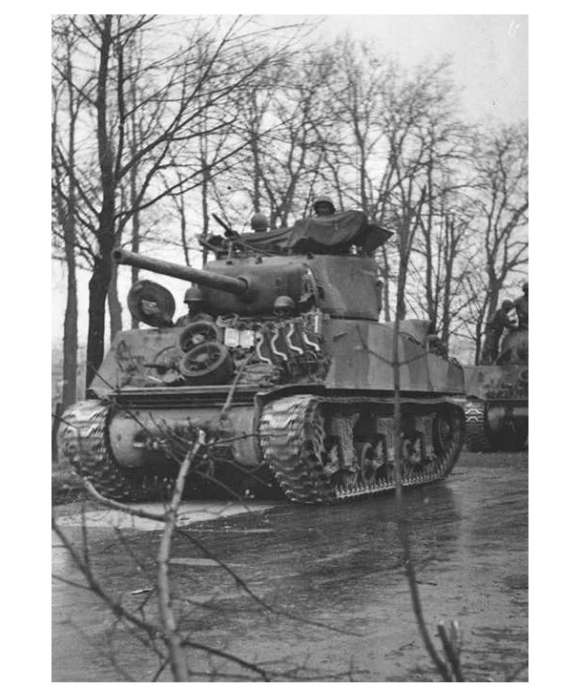
Unstoppable: The African American 784th Tank Battalion
The 784th Tank Battalion's motto was "It Will Be Done." This African American unit imposed its will on the enemy in combat in 1945.
Ed Lengel, PhD
Edward G. Lengel is the former Senior Director of Programs for the National WWII Museum’s Institute for the Study of War and Democracy.









